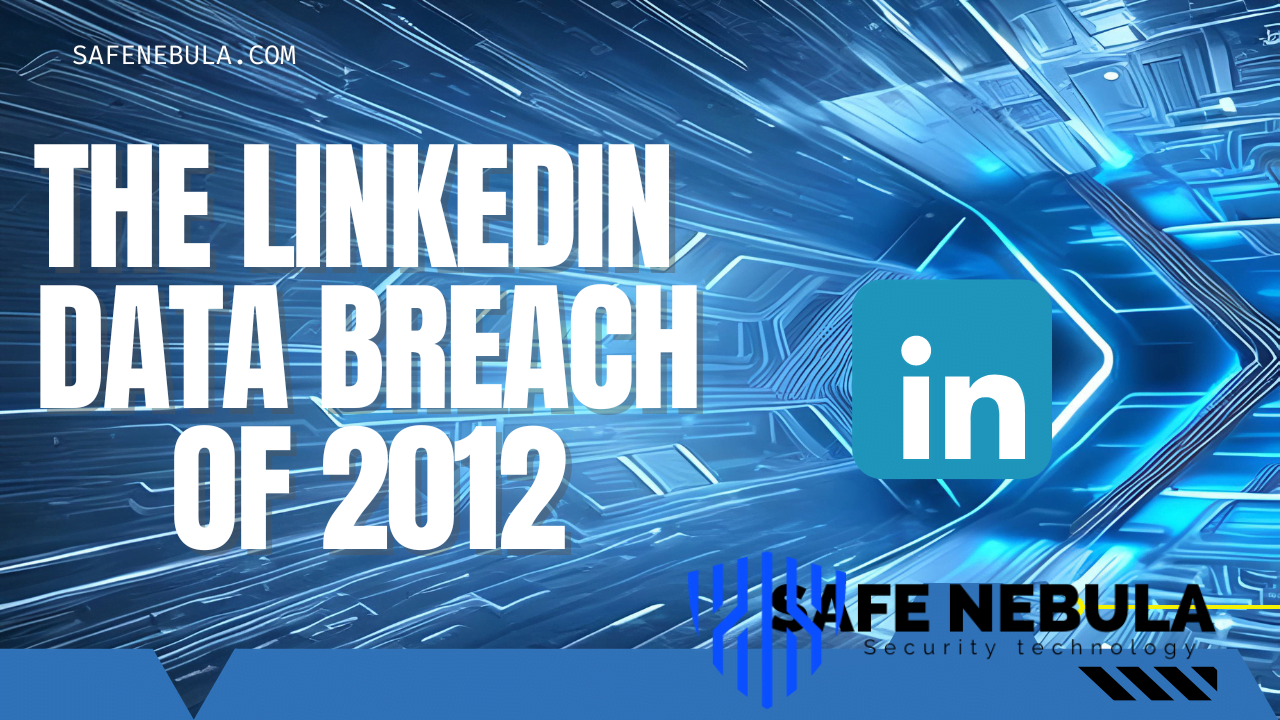Background LinkedIn, the world’s largest professional network, experienced a massive data breach in June 2012. This breach was initially thought to be limited to the exposure of 6.5 million encrypted passwords. However, further revelations in 2016 disclosed that the actual impact was far more extensive, affecting approximately 167 million accounts, which included email addresses and hashed passwords.
What Happened? Hackers exploited a weak cryptographic hash function (SHA-1) used by LinkedIn to encrypt passwords. This weakness, combined with the lack of a process called ‘salting’ (adding random data to passwords before hashing), made it relatively easier for hackers to crack them. Initially, LinkedIn believed the damage was limited, but further investigation revealed that a far greater number of accounts were compromised.
Data Compromised
- Email addresses
- Hashed passwords (without salt, making them vulnerable to cracking)
Immediate Consequences
- Users were urged to change their passwords, especially if they had not done so since the breach.
- LinkedIn faced widespread criticism for not adhering to best practices in cryptographic security, particularly for failing to salt the hashed passwords.
Long-Term Implications and Actions Taken
- LinkedIn introduced enhanced security measures, including better hashing and salting of passwords.
- Multi-factor authentication was promoted to add an additional layer of security for user accounts.
- In response to the breach, LinkedIn also faced legal challenges, including a class-action lawsuit that led to a settlement.
Impact on Industry The LinkedIn breach was a wake-up call for many in the industry regarding the importance of cybersecurity. It highlighted the need for:
- Robust encryption practices, especially for sensitive user data.
- Regular security audits and updates to address vulnerabilities.
- User education about the importance of regular password updates and the use of strong, unique passwords.
Lessons Learned
- Encryption Standards: Organizations must use strong and up-to-date cryptographic standards. Salting and hashing passwords are crucial steps in securing user credentials.
- Proactive Security Measures: Regular security audits and vulnerability assessments are necessary to identify and mitigate risks.
- Incident Response: Having a well-defined incident response plan is vital. This plan should include clear communication strategies to inform affected users and stakeholders about the breach and its impacts.
- User Education: Educating users about cybersecurity best practices can significantly reduce the risk of compromised data due to weak or reused passwords.
The LinkedIn data breach remains one of the most significant cybersecurity incidents due to its scale and the lessons it imparted about digital security. It underscores the importance of implementing robust security measures and maintaining them to protect user data from emerging threats. This case study serves as a crucial reference point for understanding the potential consequences of cybersecurity lapses and the importance of ongoing vigilance in the digital age.

In The Smartest Person in the Room, Christian Espinosa shows you how to leverage your company’s smartest minds to your benefit and theirs. Learn from Christian’s own journey from cybersecurity engineer to company CEO. He describes why a high IQ is a lost superpower when effective communication, true intelligence, and self-confidence are not embraced. With his seven-step methodology and stories from the field, Christian helps you develop your team’s technical minds so they become better humans and strong leaders who excel in every role. This book provides you with an enlightening perspective of how to turn your biggest unknown weakness into your strongest defense.
